Thursday, 26 December 2013
Saturday, 21 December 2013
Freakonomics by Stephen Dubner and Steven Levitt
The Little Prince by Antoine de Saint Exupery
The Little Prince, first published in 1943, is a novella and the most famous work of the French aristocrat, writer, poet and pioneering aviator Antoine de Saint-Exupéry (1900–1944).
The novella is both the most read and most translated book in the French language, and was voted the best book of the 20th century in France. Translated into more than 250 languages and dialects, as well as braille, and selling over a million copies per year with sales totalling more than 140 million copies worldwide, it has become one of the best-selling books ever published.
The Art of Deception by Kevin Mitnick
The Art of Deception is a book by Kevin Mitnick that covers the art of social engineering. Part of the book is composed of real stories, and examples of how social engineering can be combined with hacking.
All, or nearly all, of the examples are fictional, but quite plausible. They expose the ease with which a skilled social engineer can subvert many rules most people take for granted.
The Brothers Karamazov by Fyodor Dostoevsky
The Brothers Karamazov is the final novel by the Russian author Fyodor Dostoyevsky. Dostoyevsky spent nearly two years writing The Brothers Karamazov, which was published as a serial in The Russian Messenger and completed in November 1880. Dostoyevsky intended it to be the first part in an epic story titled The Life of a Great Sinner, but he died less than four months after its publication.
The Great Gatsby by F. Scott Fitzgerald
Fahrenheit 451 by Ray Bradbury
Fahrenheit 451 is a dystopian novel by Ray Bradbury published in 1953. It is regarded as one of his best works. The novel presents a future American society where books are outlawed and "firemen" burn any that are found. The title refers to the temperature that Bradbury understood to be the autoignition point of paper.
The novel has been the subject of interpretations, primarily focusing on the historical role of book burning in suppressing dissenting ideas. In a 1956 radio interview, Bradbury stated that he wrote Fahrenheit 451 because of his concerns at the time (during the McCarthy era) about censorship and the threat of book burning in the United States. In later years, he stated his motivation for writing the book in more general terms.
A Canticle for Leibowitz
Cat's Cradle by Kurt Vonnegut
Cat's Cradle is the fourth novel by American writer Kurt Vonnegut, first published in 1963. It explores issues of science, technology, and religion, satirizing the arms race and many other targets along the way. After turning down his original thesis, in 1971 the University of Chicago awarded Vonnegut his Master's degree in anthropology for Cat's Cradle.
The title of the book derives from the string game "cat's cradle." Early in the book it is learned that Felix Hoenikker (a fictional co-inventor of the atom bomb) was playing cat's cradle when the bomb was dropped, and the game is later referenced by his son, Newton Hoenikker.
A Confederacy of Dunces by John Kennedy Toole
The Art of War by Sun Tzu
A Hundred Years of Solitude by Gabriel Garcia Marquez
Do Androids Dream of Electric Sheep by Phillip K. Dick
A Short History of Nearly Everything by Bill Bryson
Fear and Loathing in Las Vegas by Hunter S. Thompson
Lord of the Flies by William Golding
Lord of the Flies is a dystopian novel by Nobel Prize-winning English author William Golding about a group of British boys stuck on an uninhabited island who try to govern themselves with disastrous results. Its stances on the already controversial subjects of human nature and individual welfare versus the common good earned it position 68 on the American Library Association’s list of the 100 most frequently challenged books of 1990–1999.
Published in 1954, Lord of the Flies was Golding’s first novel. Although it was not a great success at the time—selling fewer than 3,000 copies in the United States during 1955 before going out of print—it soon went on to become a best-seller, and by the early 1960s was required reading in many schools and colleges. It has been adapted to film twice in English, in 1963 by Peter Brook and 1990 by Harry Hook, and once in Filipino (1976).
The Road by Cormac McCarthy
The Stranger by Albert Camus
The Stranger is a novel by Albert Camus published in 1942. Its theme and outlook are often cited as exemplars of existentialism.
The title character is Meursault, an Algerian ("a citizen of France domiciled in North Africa, a man of the Mediterranean, anhomme du midi yet one who hardly partakes of the traditional Mediterranean culture" who seemingly irrationally kills an Arab man whom he recognises in French Algiers. The story is divided into two parts: Meursault's first-person narrative view before and after the murder, respectively.
The Count of Monte Cristo by Alexandre Dumas
The story takes place in France, Italy, islands in the Mediterranean, and in the Levant during the historical events of 1815–1838. It begins from just before the Hundred Days period (when Napoleon returned to power after his exile) and spans through to the reign of Louis-Philippe of France. The historical setting is a fundamental element of the book. An adventure story primarily concerned with themes of hope, justice, vengeance, mercy and forgiveness, it focuses on a man who is wrongfully imprisoned, escapes from jail, acquires a fortune and sets about getting revenge on those responsible for his imprisonment. However, his plans have devastating consequences for the innocent as well as the guilty. In addition, it is a story that involves romance, loyalty, betrayal and selfishness, shown throughout the story as characters slowly reveal their true inner nature.
Lolita by Vladimir Nabokov
Lolita is a novel by Vladimir Nabokov, written in English and published in 1955 in Paris and 1958 in New York. It was later translated by its Russian-native author into Russian. The novel is notable for its controversial subject: the protagonist and unreliable narrator, middle-aged literature professor and hebephile Humbert Humbert, is obsessed with the 12-year-old Dolores Haze, with whom he becomes sexually involved after he becomes her stepfather. "Lolita" is his private nickname for Dolores.
The book is also notable for its writing style. The narrative is highly subjective as Humbert draws on his fragmented memories, employing a sophisticated prose style, while attempting to gain the reader's sympathy through his sincerity and melancholy, although near the end of the story Humbert refers to himself as a "maniac" who "deprived" Dolores "of her childhood", and he shortly thereafter states "the most miserable of family lives was better than the parody of incest" in which they were involved.
A Brief History of Time by Stephen Hawking
A Brief History of Time attempts to explain a range of subjects in cosmology, including the Big Bang, black holes and light cones, to the nonspecialist reader. Its main goal is to give an overview of the subject but, unusual for a popular science book, it also attempts to explain some complex mathematics. The 1996 edition of the book and subsequent editions discuss the possibility of time travel and wormholes and explore the possibility of having a universe without a quantum singularity at the beginning of time.
The author notes that an editor warned him that for every equation in the book the readership would be halved, hence it includes only a single equation: E = mc^2. Early in 1983, Hawking approached Simon Mitton, the editor in charge of astronomy books at Cambridge University Press, with his ideas for a popular book on cosmology. Mitton was doubtful about all the equations in the draft manuscript, which he felt would put off the buyers in airport bookshops that Hawking wished to reach. It was with some difficulty that he persuaded Hawking to drop all but one equation. In addition to Hawking's notable abstention from presenting equations, the book also simplifies matters by means of illustrations throughout the text, depicting complex models and diagrams.
Friday, 13 December 2013
Ishmael by Daniel Quinn
Ebook Name : Ishmael
Author : Daniel Quinn
The Lord Of The Rings by J.R.R.Tolkien
Ebook Name : The Lord Of The Rings
Author : J.R.R.Tolkien
The Hobbit by J.R.R. Tolkien
Ebook Name : The Hobbit
Author : J.R.R. Tolkien
A People's History of the United States by Howard Zinn
Ebook Name : A People's History of the United States
Author : Howard Zinn
Crime and Punishment by Fyodor Dostoyevsky
Ebook Name : Crime and Punishment
Author : Fyodor Dostoyevsky
Crime and Punishment focuses on the mental anguish and moral dilemmas of Rodion Raskolnikov, an impoverished ex-student in St. Petersburg who formulates and executes a plan to kill an unscrupulous pawnbroker for her cash. Raskolnikov argues that with the pawnbroker's money he can perform good deeds to counterbalance the crime, while ridding the world of a worthless vermin. He also commits this murder to test his own hypothesis that some people are naturally capable of such things, and even have the right to do them. Several times throughout the novel, Raskolnikov justifies his actions by comparing himself with Napoleon Bonaparte, believing that murder is permissible in pursuit of a higher purpose.
Tao Te Ching Lao Tse by Lao Tse
Ebook Name : Tao Te Ching
Author : Lao Tse
The text is fundamental to both philosophical and religious Taoism and strongly influenced other schools, such as Legalism, Confucianism and Chinese Buddhism, which when first introduced into China was largely interpreted through the use of Daoist words and concepts. Many Chinese artists, including poets, painters, calligraphers, and even gardeners have used the Daodejing as a source of inspiration. Its influence has also spread widely outside East Asia, and is amongst the most translated works in world literature.
Godel, Escher, Bach: An eternal golden braid by Douglas Hofstadter
Ebook Name : Godel, Escher, Bach: An eternal golden braid
Author : Douglas Hofstadter
Gödel, Escher, Bach : An Eternal Golden Braid, also known as GEB, is a 1979 book by Douglas Hofstadter, described by his publishing company as "a metaphorical fugue on minds and machines in the spirit of Lewis Carroll".
By exploring common themes in the lives and works of logician Kurt Gödel, artist M. C. Escher and composer Johann Sebastian Bach, GEB expounds concepts fundamental to mathematics, symmetry, and intelligence. Through illustration and analysis, the book discusses how self-reference and formal rules allow systems to acquire meaning despite being made of "meaningless" elements. It also discusses what it means to communicate, how knowledge can be represented and stored, the methods and limitations of symbolic representation, and even the fundamental notion of "meaning" itself.
In response to confusion over the book's theme, Hofstadter has emphasized that GEB is not about mathematics, art, and music but rather about how cognition and thinking emerge from well-hidden neurological mechanisms. In the book, he presents an analogy about how the individual neurons of the brain coordinate to create a unified sense of a coherent mind by comparing it to the social organization displayed in a colony of ants.
The Selfish Gene by Richard Dawkins
Ebook Name : The Selfish Gene
Author : Richard Dawkins
Siddhartha Hermann Hesse
Zen and the Art of Motorcycle Maintenance by Robert M. Pirsig
Catch-22 by Joseph Heller
Guns, Germs and Steel by Jared Diamond
Neuromancer by William Gibson
The Foundation Saga by Isaac Asimov
To Kill A Mockingbird by Harper Lee
Surely You're Joking, Mr. Feynman! by Richard P. Feynman
Stranger in a Strange Land by Robert A. Heinlein
Harry Potter and the Philosopher's Stone by J. K. Rowling
Snow Crash by Neal Stephenson
Japanese to English and English to Japanese Dictionary
Thursday, 12 December 2013
Quran ( Hindi Version )
Bhagvad Geeta in Hindi
The Holy Bible ( King James Version )
Subscribe to:
Comments (Atom)
.jpg)




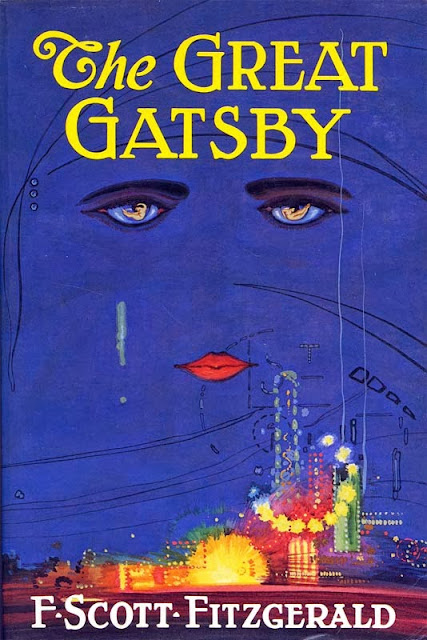


.jpg)







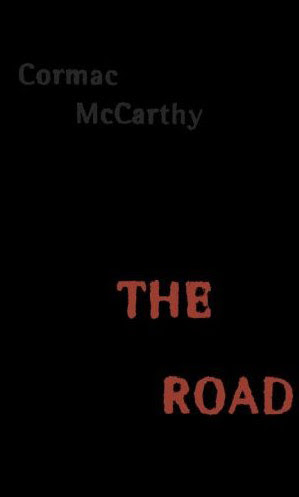
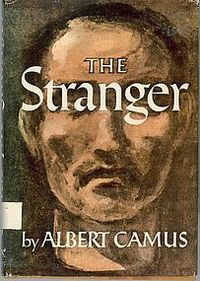
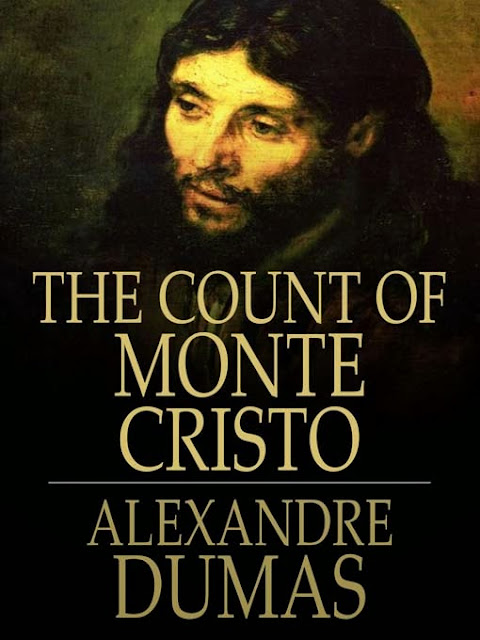

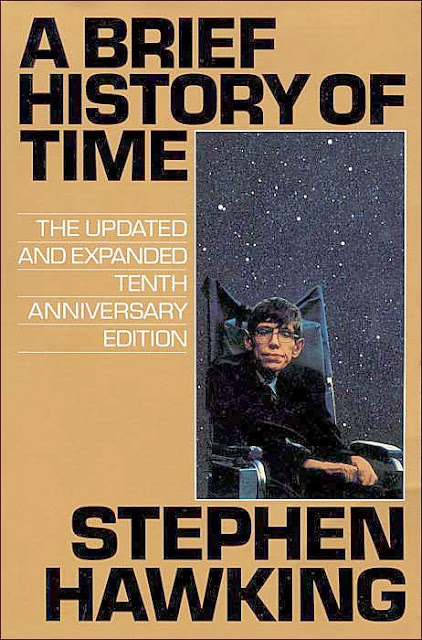

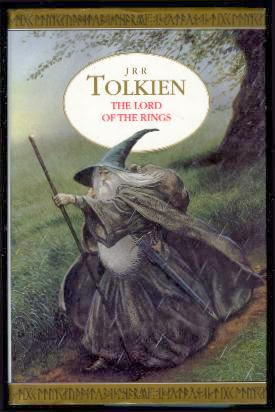
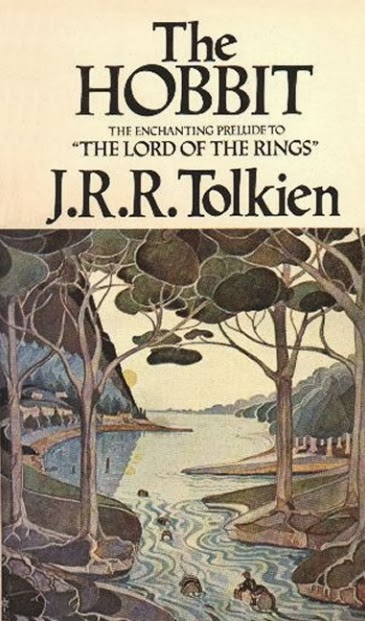





.jpg)

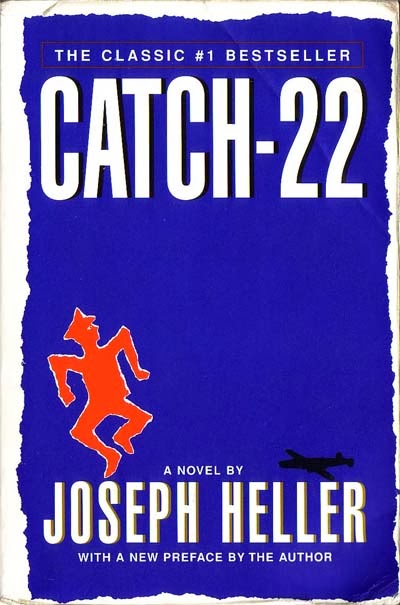







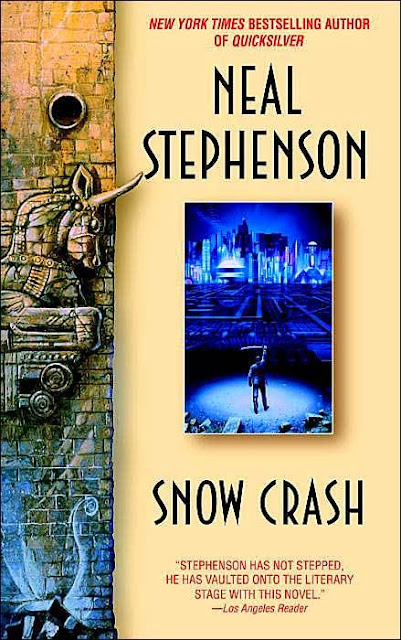




0 comments: